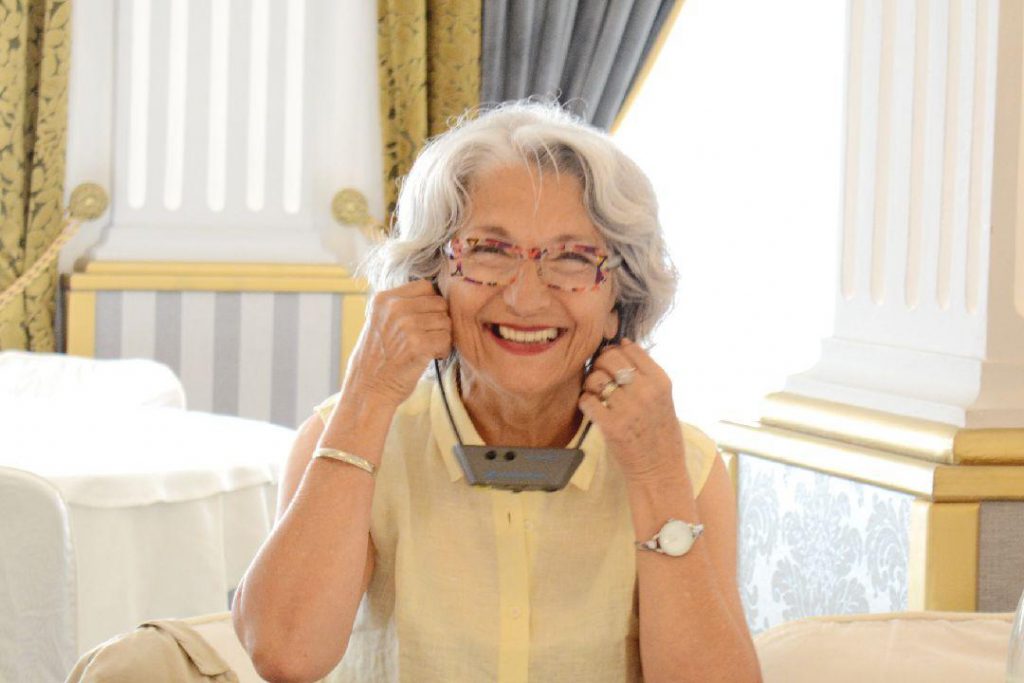Online and physical violence are rarely disconnected. EuroMed Rights talks to Dominique Guillien-Isenmann, President of the French Fédération Nationale Solidarité Femmes (FNSF) about how these two forms of violence interconnect
EuroMed Rights: How would you explain the work of the FNSF with victims of online and/or technology-facilitated gender-based violence?
Dominique Guillien-Isenmann: The FNSF does not have any specific tools or branches of the association which work specifically on digital violence, but because of its mandate, in the work that we do it is very difficult to concretely separate out online violence form violence in other forms.
The crux of what the FNSF does is to address intra-familial violence enacted against women and their children: this can for instance be during a separation from an intimate partner which has caused an escalation in forms of online harassment and ultimately violence. Harassment via text messages or the monitoring and interception of emails tend to happen in situations of domestic or intimate partner violence. This is when we encounter digital violence as an additional layer in our work.
Cyber and technological violence are not areas in which the FNSF itself is specialised, so if and when women who have experienced such forms of violence get in contact, we try to reorient them towards member organisations with more competency on this issue in order for them to get the support that they need. A relatively new organisation that we are working more and more with is “En Avant Toutes”, which is Paris-based. As they provide services via mobile chats, their focus is on supporting particularly young women to recognise and report forms of violence which they may experience (such as online stalking, harassment on social media platforms, bullying culminating in physical violence etc.). The organisation got a real boost from the government during the COVID-19 lockdowns because of the marked increase in violence against women and so have been able to expand in very important ways to provide more medical, psychological and legal support to wider demographics of women.
In terms of specific online violence, which is a phenomenon that sadly we see growing significantly, this isn’t exactly the domain that we work in. But we know that many other organisations are and have growing work–loads.
In more general terms, do you feel that online GBV is an important issue in the French context? Is it a growing concern for (young) women?
Yes, it is an issue which does and should concern us a lot. Technology can anonymise users to facilitate the perpetration of forms of violence against women online and multiplies the number of ways in which this can be enacted. Even for certain persons who don’t look to preserve their anonymity but purely to dominate in exchanges and/or relationships, technology and the digital space provide so many opportunities that make it all too easy to do (again this is particularly problematic in the context of ex-partners). I think that the majority of violent behaviour online hides behind anonymity and can therefore push the limits – that’s how, for example, a young girl like Mila was exposed to such extreme forms of harassment and threat that she now finds herself under a police protection scheme*. And for each woman or girl who receives protection, we might assume that there are many others who do not that we are not even aware of.
In the same way, there is also worrying increase in the unscrupulous use of technology, online platforms and social media to share intimate photos or other material related to women’s sexuality which is impacting ever younger women as it trickles down into high schools. This is incredibly concerning.
Is there a functioning legal or judicial framework in place in France to protect women from these forms of violence?
I think this is a very complicated issue. In the legal arsenal, there are laws pertaining to ‘virtual rights’ (in a sense), but the big problem, as in many other domains, is that these spaces are controlled by big corporations and operators that do not share necessary data or monitor carefully enough. So the fight against online violence is actually double sided and it is on this second front that states should be working together to hold companies accountable for putting a stop to it. For as long as anonymity is protected, then violence will continue in virtual spaces. Here, on the spot, I would say that without cooperation from these corporations, not much can be done to stop all and extreme forms of online violence.
*« L’affaire Mila » is the case of a 16-year-old girl who was the target of a vitriolic campaign online beginning in January 2020 because of comments she made in a video posted to Youtube which were perceived to be anti-Islam. For more context and background, see (in French): https://www.lemonde.fr/societe/article/2020/01/29/affaire-mila-la-ministre-de-la-justice-accusee-de-vouloir-legitimer-le-blaspheme_6027715_3224.html

